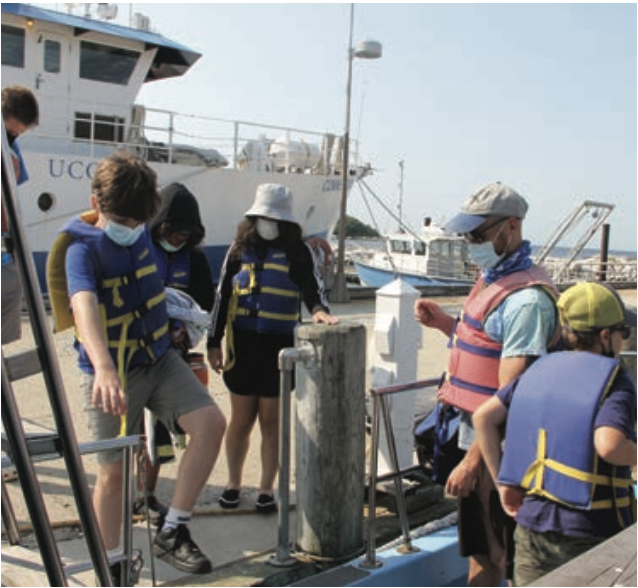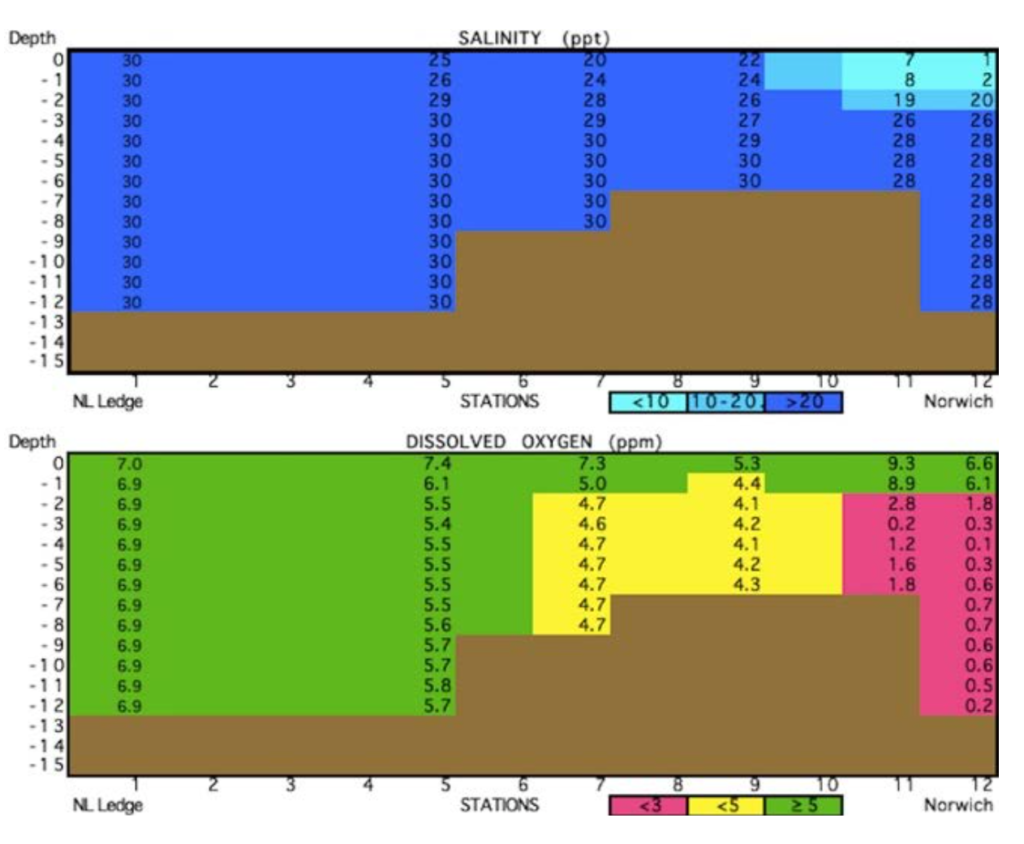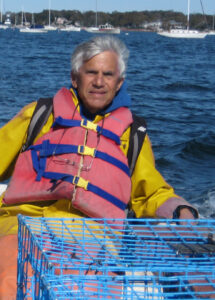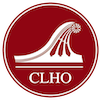NEW LONDON, CT – On Thursday, May 12 at 11:15 AM twenty-five residents from throughout region will “graduate” from the inaugural Thames River Heritage Park Docent Academy – a 10-week training program for current and prospective volunteer docents.
Program graduates noted below include engineers, hospital and university administrators, attorney, insurance executive, educators, and history buffs who come from the Park’s home towns of the City of New London, City of Groton and Town of Groton and include one couple, that summer in Niantic, who each week come from as far away as Hampden, Massachusetts.
Chris Allan, Waterford | ||
JoAnn Bromley, Norwich | ||
Ellen Clark, Guilford | ||
Caroline Driscoll, New London | ||
Mary Farrell, Niantic | ||
Cynthia Goetz, Deep River | ||
Linda Hase, Niantic | ||
William Havens, Groton | ||
Joann Hodge, Waterford | ||
Pepi Kahn, Norwich | ||
Charlotte LeVasseur, Jewett City | ||
Patricia Lord, Hampden, MA & Niantic | ||
Philip Lord, Hampden, MA & Niantic | ||
Linda Mariani, New London | ||
Kimberly McLean, Norwich | ||
Deborah Morrissey, Guilford | ||
Barbara Nawrocki, New London | ||
Harry Payne, Mystic | ||
Freya Phelps, Groton | ||
Marilyn Richardson, New London | ||
Marian Sanko, New London | ||
Carol Scandariato, Norwich | ||
Kenneth Scandariato, Norwich | ||
Shirley Sholes, N. Franklin | ||
Paul Warms, Niantic | ||
According to Linda Hase of Niantic, retired Yale University administrator, the program is “beyond expectations. I am so impressed by the professional and enjoyable tone this academy has taken. It is so much more than I expected. I’m really liking it and learning so much.”
Another member of the class wrote what many have expressed both verbally and in the weekly evaluations, “I love this program! I feel so blessed to have been chosen. I love all the sites.”
“Everyone week someone shares how much they are enjoying the program and how it has enriched their lives. I am blown away by both their enthusiasm for the program and their interest in volunteering at one of the sites,” stated Catherine Foley, executive director.
Along with being “graduation” day, this coming Thursday is also the day that the graduates sign up for their volunteer year of service at one of the heritage sites in the Park or for Thames River Heritage Park Foundation.
Based on the program’s success, Thames River Heritage Park Foundation has been invited by the Connecticut League of History Organization to present a session on how it envisioned, created, and implemented the 10-week, multi-site training program for prospective docents to support heritage sites at its annual conference on June 6th.
The Thames River Heritage Park Docent Academy is a collaborative effort by Thames River Heritage Park Foundation and the heritage sites that comprise the Park – Avery-Copp House Museum, Bill Memorial Library, Ebenezer Avery House, Fort Griswold Battlefield State Park, Fort Trumbull State Park, Garde Arts Center, Hempsted Houses, Lyman Allyn Art Museum, Monte Cristo Cottage, Nathan Hale School House, Old Town Mill, NL Black Heritage Trail, Shaw Mansion/NL County Historical Society, Submarine Force Library and Museum / USS Nautilus and made possible thanks to a generous grant from Connecticut Humanities – connecting people to the history, literature and culture of Connecticut – and members and donors who support Thames River Heritage Park Foundation.
For more information go to https://www.thamesriverheritagepark.org/docent-academy or contact Catherine Foley at [email protected].


